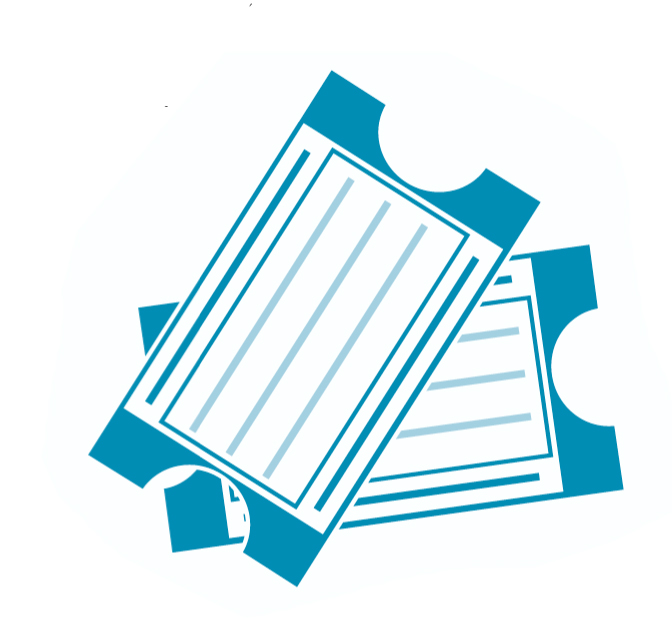
Suppose that I bought a $34 ticket to hear a concert and, on the way to the event, I lost the ticket. I might decide not to buy a new one, reasoning that I would never pay $68 to attend a concert. But on the other hand, if instead I had lost my wallet with exactly $34 in it, I might heave a sigh of relief that I still had my ticket and go on to enjoy the concert. Depending on my frame of reference, I see the same economic event in vastly different lights.
This example illustrates the power of mental models in shaping our behavior. And, when representatives of diverse constituencies gather, each with their own perspective, the setting is ripe for conflict. We have found that using systems thinking and system dynamics tools to map a group’s mental models can help the members focus on the dynamics of the underlying structure rather than on the emotions that it provokes. This shift in focus can be a powerful stimulus for conversation and for resolving conflict.
Learning to Model
In the fall of 1997, 12 college students participated in a class on leadership. Two of the objectives were to have students learn to apply systems thinking and to introduce them to the ithink® software for creating system dynamics models. To get students to use the tools on a real world example, we created an in-class exercise that dealt with the different factions created by inheritance tax regulations. An unintended consequence of these regulations is that inheritors often feel pressured to sell family farms.
We divided the class into three groups, representing farmers, real estate executives, and the Internal Revenue Service. The fourth group was charged with resolving the discord among the three factions using a “town meeting” framework. Before the first “town meeting,” the students studied the grammar of system dynamics mapping, including stocks, flows, and feedback relationships. Nevertheless, when they gathered for the meeting, the participants fell into advocating for their particular constituency. The meeting was conducted in a cordial and civilized way, yet everyone left feeling like an angry loser.
A Breakthrough Approach
With additional coaching and an elevated competence in systems mapping skills, the consultant group started the second “town meeting” with a few stocks and flows on the blackboard. They then encouraged members of the three constituent groups to add additional dynamics to the map.
As each group enriched the diagram, the participants felt an increased sense of cooperation and ownership of the representation of the system that they were helping to create. The advocacy framework observed in the previous meeting was replaced by a joint effort to discover an accurate depiction of the dynamics created by the inheritance tax regulations.
In the end, all three factions won! The group had created a map of the core structure of the inheritance tax system and its effects on the three different factions. Before, people’s unspoken mental models had caused them to become defensive and adversarial. With the joint creation of the stock and flow diagram, the participants were able to agree on how the current laws created unintended consequences and could speculate about possible solutions to these problems.
Mapping for Conflict Resolution
The inheritance tax case study demonstrates how mapping can serve as a tool for conflict resolution. A third party, competent in modeling, can mediate a dispute by assisting the protagonists in creating a diagram of the dynamics that “trap” them in certain patterns of behavior. This process demands cooperation among the parties, but the end result is an illustration of the unintended consequences of the way each party makes sense of the world and the self fulfilling nature of the system they create as a result.
Creating a clear, visual map of a system promotes learning by depersonalizing our own mental models and giving us a way to examine alternatives. Thus, the process of mapping the basic plumbing of a system can be a powerful leverage point in and of itself that can open a “flow” of learning.
